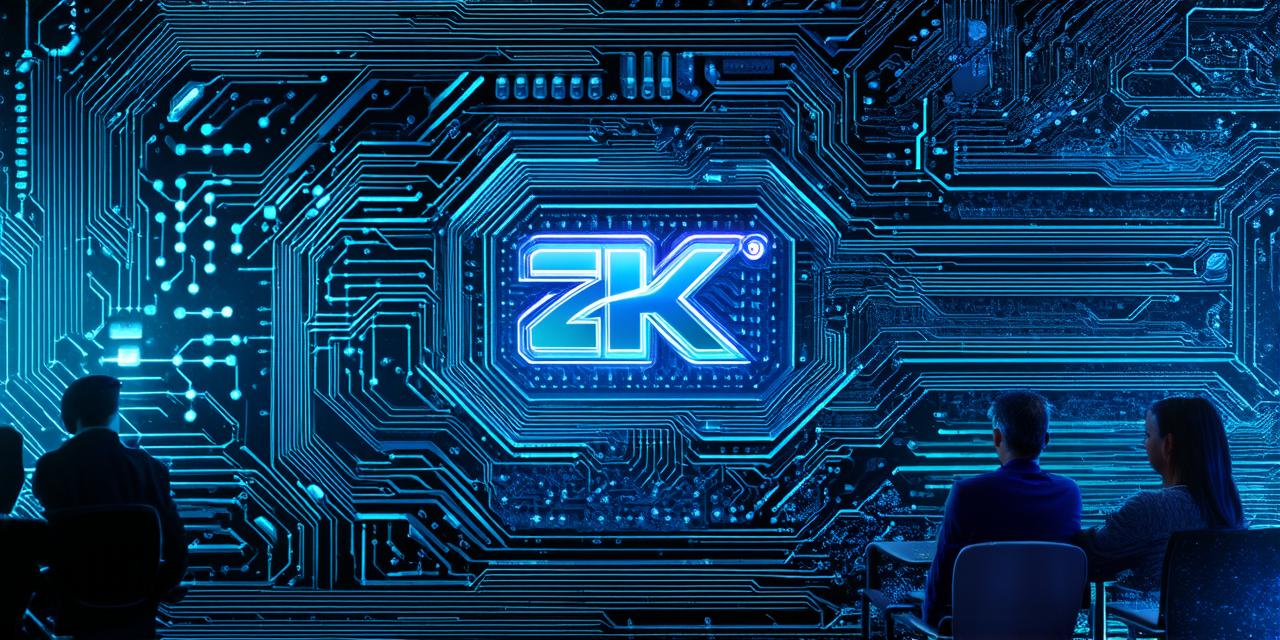Introduction
Blockchain technology is revolutionizing various industries, including finance, supply chain management, and healthcare. One such industry that has been transformed by blockchain technology is the art world. Provenance blockchain is a distributed ledger technology that allows artists, galleries, collectors, and other stakeholders to track and verify ownership of artwork from creation to resale.
In this guide, we will explore what provenance blockchain is, how it works, and its benefits for the art world. We will also discuss some real-life examples of provenance blockchain in action and provide an overview of the legal framework surrounding it. Finally, we will address some frequently asked questions about provenance blockchain.
What is Provenance Blockchain?
Provenance blockchain is a decentralized database that records the entire lifecycle of an artwork from creation to resale. It provides a secure and transparent way for stakeholders to track ownership, origin, and other information about artworks. This technology allows artists, galleries, collectors, and others to have access to real-time, up-to-date information about the ownership history of a piece of artwork.
Provenance blockchain is built on a blockchain platform that uses cryptographic algorithms to secure data and prevent tampering. Each transaction on the blockchain is verified by multiple nodes in the network, ensuring that the information recorded on it is accurate and trustworthy. This provides artists and collectors with greater confidence in the ownership history of a piece of artwork.
How does Provenance Blockchain Work?
Provenance blockchain works by creating a digital ledger that records all transactions related to an artwork, from creation to resale. This digital ledger is distributed across multiple nodes in a network, ensuring that it is secure and tamper-proof.
Each transaction on the blockchain is verified by multiple nodes in the network, and once it has been validated, it is added to the digital ledger. The digital ledger contains information about the ownership history of the artwork, including who created it, when it was created, where it has been exhibited, and where it has been sold.
The digital ledger also includes metadata about the artwork, such as images, descriptions, and other relevant data. This metadata is added to the blockchain by artists, galleries, collectors, and other stakeholders who want to track ownership of a piece of artwork.
Benefits of Provenance Blockchain
Provenance blockchain has several benefits for the art world, including:
- Increased Transparency
Provenance blockchain provides greater transparency in the ownership history of an artwork. This makes it easier for stakeholders to verify the authenticity and provenance of a piece of artwork. For example, collectors can use provenance blockchain to check if an artwork has been stolen or if it was created by a famous artist. - Improved Traceability
Provenance blockchain allows stakeholders to track ownership of an artwork from creation to resale. This provides artists and collectors with greater confidence in the ownership history of a piece of artwork. It also makes it easier for artists and galleries to manage their inventory and track sales. - Reduced Fraud
Provenance blockchain has the potential to reduce fraud in the art world. By creating a tamper-proof digital ledger, provenance blockchain makes it more difficult for fraudsters to manipulate ownership records. This can help prevent fraudulent resales of artworks and protect collectors from buying fake or stolen pieces. - Increased Accessibility
Provenance blockchain can make the art world more accessible to people who may not have had access to it before. By providing real-time, up-to-date information about ownership history, provenance blockchain makes it easier for collectors and buyers to find authentic artworks that fit their budget.
Real-Life Examples of Provenance Blockchain in Action
There are several examples of provenance blockchain in action in the art world:
- VerraChain
VerraChain is a startup that has developed a platform for tracking and verifying ownership of artworks. The platform uses blockchain technology to create a digital ledger that records all transactions related to an artwork. This includes information about the ownership history, origin, and other data related to the artwork. - The Blockchain Artists Collective (BAC)
The BAC is a collective of artists who have created a blockchain-based platform for managing their artworks. The platform allows artists to track ownership of their works, manage sales, and verify authenticity. It also includes metadata about the artwork, such as images, descriptions, and other relevant data. - Artory
Artory is an AI-powered platform that uses machine learning algorithms to verify the authenticity of artworks. The platform analyzes a piece of artwork’s metadata, such as the style, color, and composition, to determine if it is likely to be authentic. Artory can also use provenance blockchain data to verify ownership history and origin.Legal Framework Surrounding Provenance Blockchain
The legal framework surrounding provenance blockchain in the art world is still evolving. However, there are several laws and regulations that may apply to this technology:
- Intellectual Property Laws
Intellectual property laws protect artists’ rights to control ownership of their works. Provenance blockchain can be used to track ownership of an artwork and ensure that it is being used in accordance with intellectual property laws. - Art Fraud Laws
Art fraud laws are designed to prevent the sale of fake or stolen artworks. Provenance blockchain may help prevent fraudulent resales by creating a tamper-proof digital ledger that tracks ownership history and authenticity. - Data Protection Laws
Data protection laws, such as the General Data Protection Regulation (GDPR), require that personal data is processed in a secure and transparent manner. Provenance blockchain may help comply with these laws by providing real-time, up-to-date information about ownership history and other data related to an artwork.FAQs
- What is provenance blockchain?
- How does provenance blockchain work?
- What are the benefits of provenance blockchain?
- Are there any legal frameworks surrounding provenance blockchain?
